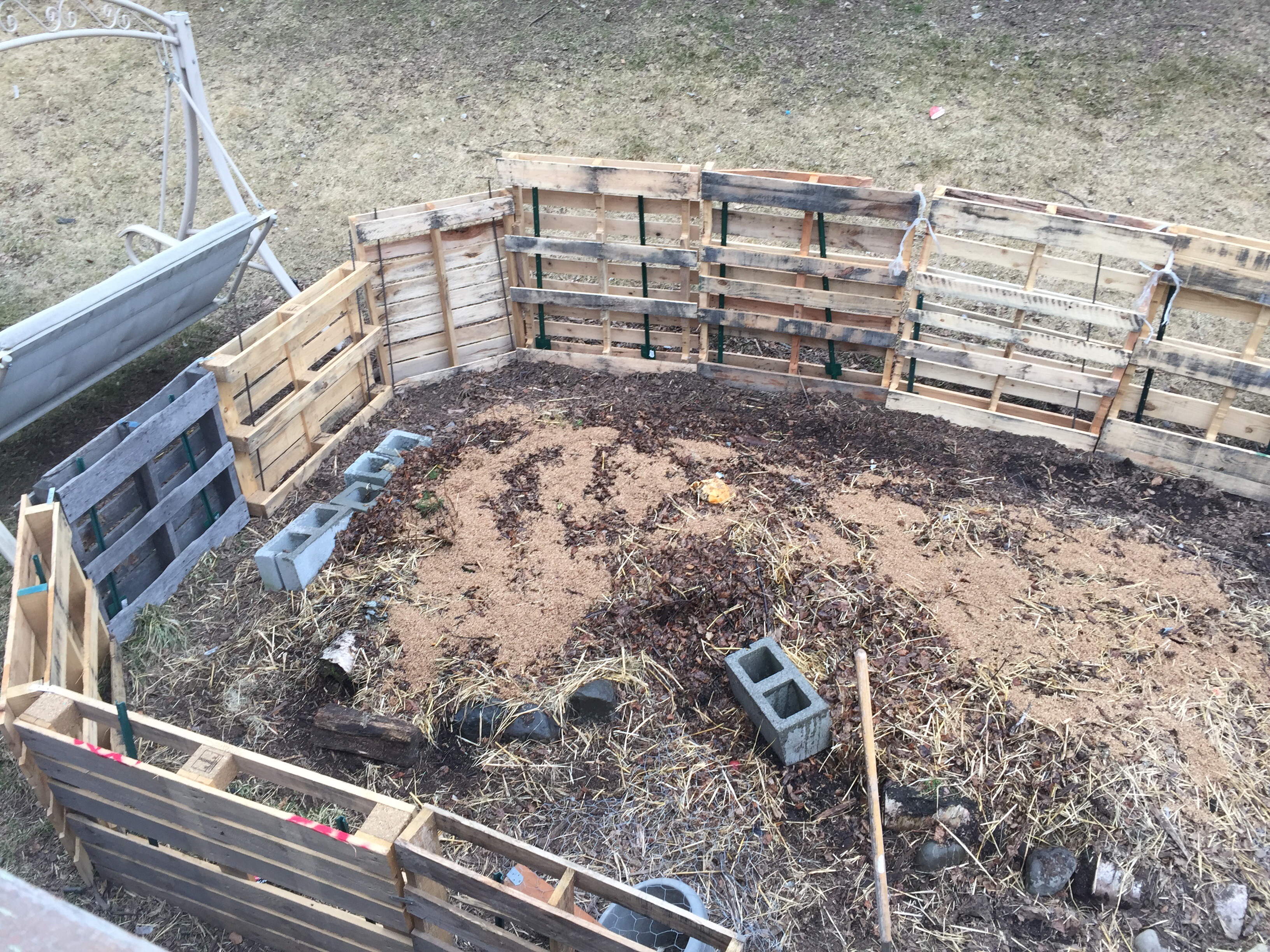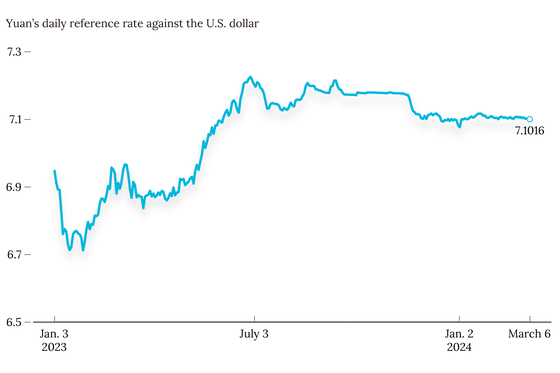Building A Durable And Attractive Living Fence

Table of Contents
Choosing the Right Plants for Your Living Fence
Selecting the appropriate plants is crucial for a successful and visually appealing living fence. The right species will determine the longevity, density, and overall aesthetic of your natural fence.
Selecting Species Based on Climate and Soil
Consider your local climate and soil conditions when choosing plants for your living fence. This is fundamental to ensuring their survival and thriving.
- Local Native Plants: Opting for native plants minimizes maintenance as they are naturally adapted to your region's climate and soil.
- USDA Hardiness Zone: Research your USDA Hardiness Zone to identify plants that can tolerate your area's minimum winter temperatures. This is crucial for the long-term health of your green fence.
- Soil Analysis: A soil test will reveal your soil's pH level and nutrient content, helping you select plants that will flourish in your specific conditions. Knowing if you have clay, sandy, or loamy soil will greatly influence your plant choices.
- Plant Examples: Popular choices include Leyland Cypress (known for rapid growth and creating a dense privacy screen), Arborvitae (offering a variety of textures and colors), Privet (a versatile option suitable for various climates and soil types), and Bamboo (for a fast-growing, dramatic effect, though requiring careful management to prevent overgrowth).
Balancing Aesthetics and Functionality
Your living fence should not only provide a barrier but also enhance the visual appeal of your property.
- Desired Height and Density: Determine the height and density you need for privacy and visual screening. A taller, denser fence will offer more privacy, while a shorter, less dense one might suit a more open aesthetic.
- Aesthetic Appeal: Choose plants with appealing foliage, flowers, or berries to add visual interest throughout the year. Consider the colors and textures to create a cohesive and stunning effect.
- Formal vs. Informal: Decide on the overall style you want to achieve. A formal living fence might use closely-spaced, uniformly pruned plants, while an informal design can incorporate a more natural, varied look.
- Textural and Color Variety: Mixing plants with different textures and colors adds depth and visual interest to your living fence, creating a more dynamic and captivating landscape element.
Understanding Plant Spacing and Growth Habits
Proper spacing is critical for healthy growth and to prevent overcrowding, ensuring your living fence thrives.
- Mature Size: Research the mature size of your chosen plants to determine the appropriate spacing. Planting too close will lead to competition for resources and stunted growth.
- Growth Rate: Consider the growth rate of your chosen plants – fast-growing species will require more frequent pruning, while slow-growing plants will need less maintenance.
- Spacing Guidelines: Follow specific spacing recommendations for your chosen plant species to ensure adequate room for growth and development.
Planning and Preparation for Your Living Fence Installation
Thorough planning and preparation are essential for a successful living fence installation. This phase lays the foundation for a thriving and beautiful natural barrier.
Site Preparation and Soil Improvement
Before planting, prepare the site to ensure optimal growing conditions.
- Clearing the Area: Remove any weeds, rocks, and debris from the planting area to create a clean and level surface.
- Soil Improvement: Amend your soil with compost or other organic matter to improve drainage, aeration, and nutrient content. This will provide a rich environment for your plants to thrive in.
- Soil Testing: Conduct a soil test to determine the pH and nutrient levels, allowing you to make necessary adjustments to optimize the soil for your chosen plants.
- Soil Amendment: Based on your soil test results, add necessary amendments like lime to raise the pH or fertilizer to supplement nutrient deficiencies.
Layout and Design Considerations
Careful planning ensures your living fence complements your existing landscape and meets your needs.
- Accurate Measurement: Accurately measure the length of your planned living fence to determine the number of plants needed.
- Landscape Integration: Consider the existing landscape and surrounding structures when designing your living fence’s layout. Ensure it complements, rather than clashes with, your existing features.
- Aesthetic Design: Design a layout that fits your aesthetic preferences, considering the overall style and visual impact you want to achieve.
- Growth Allowance: Ensure adequate space for plant growth and future maintenance, considering the mature size of your chosen plants.
Gathering Necessary Tools and Materials
Having the right tools and materials readily available will streamline the installation process.
- Essential Tools: Shovel, post hole digger (if necessary), measuring tape, gardening gloves, plant markers, and a watering can or hose.
- Soil Amendments: Compost, fertilizer (choose a type appropriate for your plants), and mulch to retain moisture and suppress weeds.
- Plant Supports: Stakes and ties may be needed, especially for taller or less sturdy plants, to provide support during their early growth stages.
- Irrigation System: Consider a watering system like soaker hoses or drip irrigation for efficient and consistent watering.
Planting and Ongoing Maintenance of Your Living Fence
Proper planting techniques and ongoing maintenance are crucial for a healthy and attractive living fence.
Planting Techniques for Success
Follow these steps for successful planting and establishment.
- Hole Preparation: Dig holes slightly larger than the plant's root ball to accommodate the roots comfortably.
- Root Loosening: Gently remove the plant from its container, loosening the roots to encourage outward growth.
- Proper Planting Depth: Plant at the appropriate depth, ensuring the top of the root ball is level with the ground.
- Backfilling and Firming: Backfill with soil, gently firming around the plant to eliminate air pockets.
- Thorough Watering: Water thoroughly after planting to help settle the soil and encourage root establishment.
Watering and Fertilizing Your Living Fence
Consistent watering and fertilization are essential for healthy growth.
- Regular Watering: Water regularly, especially during the first year, to maintain consistent soil moisture. This is especially important during dry spells.
- Mulch Application: Apply a layer of mulch to conserve moisture, suppress weeds, and regulate soil temperature.
- Fertilization: Fertilize according to the specific needs of your chosen plants, following product instructions carefully. Avoid over-fertilizing, which can damage the plants.
Pruning and Shaping Your Living Fence
Regular pruning helps maintain the shape, density, and overall health of your living fence.
- Pruning Schedule: Prune regularly, usually during the dormant season (late winter or early spring) for many species, but check the specific needs of your plants.
- Pruning Techniques: Learn the proper pruning techniques for your chosen plants. Different plants require different pruning methods to achieve the desired shape and density. Incorrect pruning can damage or deform your plants.
- Maintenance Pruning: Throughout the growing season, perform maintenance pruning as needed to remove dead or damaged branches and maintain the desired shape.
Conclusion
Building a durable and attractive living fence offers a rewarding and sustainable landscaping solution. By carefully selecting plants, preparing the site thoroughly, and implementing proper planting and maintenance techniques, you can create a beautiful, functional, and long-lasting natural barrier that enhances your property's curb appeal and provides a valuable environmental contribution. Start planning your own breathtaking living fence today and enjoy the benefits of this eco-friendly alternative to traditional fencing! Remember to choose the right plants suited to your climate and soil conditions for a thriving and stunning living fence. Don't hesitate to consult local gardening experts or nurseries for personalized advice on creating the perfect natural fence for your unique needs.

Featured Posts
-
 Mbappe To Real Madrid A Realistic Possibility
May 29, 2025
Mbappe To Real Madrid A Realistic Possibility
May 29, 2025 -
 When Will The Stranger Things 5 Teaser Trailer Drop Netflix Update
May 29, 2025
When Will The Stranger Things 5 Teaser Trailer Drop Netflix Update
May 29, 2025 -
 Oslo Havneomrade Nyhetsvarsel Om Alvorlig Batbrann
May 29, 2025
Oslo Havneomrade Nyhetsvarsel Om Alvorlig Batbrann
May 29, 2025 -
 Mikel And Babayaro To Feature In Chelsea Legends Vs Liverpool Charity Match
May 29, 2025
Mikel And Babayaro To Feature In Chelsea Legends Vs Liverpool Charity Match
May 29, 2025 -
 China Market Analysis Understanding The Headwinds Facing Bmw Porsche And Competitors
May 29, 2025
China Market Analysis Understanding The Headwinds Facing Bmw Porsche And Competitors
May 29, 2025
Latest Posts
-
 Measles Outbreak Spreads Across Israel Following Texas Case
May 30, 2025
Measles Outbreak Spreads Across Israel Following Texas Case
May 30, 2025 -
 Sustainable Practices In The Vaccine Packaging Market
May 30, 2025
Sustainable Practices In The Vaccine Packaging Market
May 30, 2025 -
 The Threat Of Measles Canadas Elimination Status Under Siege
May 30, 2025
The Threat Of Measles Canadas Elimination Status Under Siege
May 30, 2025 -
 The Vaccine Packaging Market Challenges And Opportunities
May 30, 2025
The Vaccine Packaging Market Challenges And Opportunities
May 30, 2025 -
 Investment Opportunities In The Expanding Vaccine Packaging Market
May 30, 2025
Investment Opportunities In The Expanding Vaccine Packaging Market
May 30, 2025
